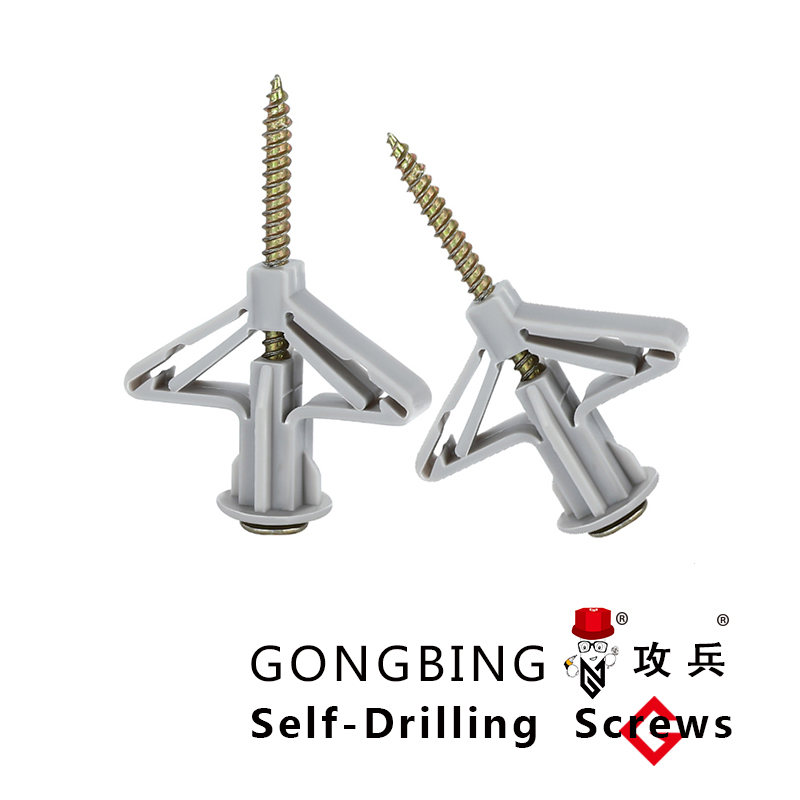Different Types of Bracing Used in Steel Structures for Enhanced Stability
Bracing Types in Steel Structures
Steel structures are integral to modern architecture and engineering, providing the framework for everything from skyscrapers to bridges. A critical factor in the design and construction of these structures is the stabilization system used to resist loads, notably lateral loads from wind and seismic activity. One popular solution is the use of bracing, which enhances the structural integrity of steel frameworks. This article explores various types of bracing systems employed in steel structures, their applications, advantages, and limitations.
1. Types of Bracing
Bracing systems come in various forms, each tailored to specific structural requirements. The primary types include
a. Cross Bracing This is one of the most common bracing types, consisting of diagonal members arranged in a crisscross pattern. Cross bracing effectively transfers forces between connections, allowing buildings to withstand lateral loads. It is particularly beneficial in locations with high wind or seismic activity.
b. X-Bracing A variation of cross bracing, X-bracing involves two diagonal members crossing each other. The symmetry of this configuration helps distribute loads more evenly and provides redundancy, as the failure of one diagonal member doesn’t significantly compromise the overall stability of the structure.
c. K-Bracing K-bracing features diagonal members that connect to vertical columns and horizontal beams in a ‘K’ shape. This configuration is advantageous for structures that need to optimize space and reduce weight while maintaining rigidity.
d. V-Bracing In V-bracing systems, members are arranged in a ‘V’ shape, providing lateral support to the structural frame. This type is ideal for buildings with open floor plans, as it can minimize interference with interior space.
e. Chevron Bracing Chevron bracing is similar to cross bracing but consists of pairs of diagonal braces forming a ‘V’ shape at the center of the span. This system can be more effective in dissipating energy during seismic events, making it an excellent choice for earthquake-prone areas.
f. Diagonal Bracing This straightforward approach places diagonal members between vertical posts and horizontal beams. Diagonal bracing is often used in combination with other forms of bracing to enhance overall stability.
2
. Applicationsbracing types in steel structure

Bracing systems are deployed in various construction scenarios. Cross bracing and its variations are often utilized in high-rise buildings, stadiums, and industrial facilities. In contrast, K-bracing and V-bracing systems are favored in structures where space optimization is crucial, such as residential buildings and open-span structures.
Additionally, chevron bracing is particularly suitable in regions lacking building codes for seismic design, offering an extra layer of protection against potential disasters.
3. Advantages of Bracing Systems
The primary advantages of employing these bracing types in steel structures include
- Enhanced Stability Bracing provides a reliable mechanism to withstand lateral forces, ensuring the overall stability and safety of the structure. - Reduces Deformation By minimizing lateral displacement during wind or seismic events, bracing helps maintain the structural integrity of buildings. - Cost-Effectiveness Properly designed bracing systems can reduce the amount of material required for construction, potentially lowering costs while maintaining necessary safety levels. - Design Flexibility The variety of bracing types allows engineers to tailor solutions to meet specific project needs, maximizing both aesthetic appeal and functional performance.
4. Limitations and Considerations
While bracing systems offer numerous benefits, there are several limitations to consider. Braced frames may result in a less aesthetically pleasing design, as the bracing members can interfere with visibility and architectural vision. Additionally, improper design or reticulated systems can lead to issues like localized stress concentrations and stability under different loading conditions.
Proper analysis and design must also account for potential rust or corrosion in steel members, necessitating appropriate protective measures to ensure long-term durability.
Conclusion
In conclusion, the choice of bracing system in steel structures is crucial for ensuring stability and safety. Various types of bracing exist, each with its unique set of advantages and applications. As architects and engineers continue to innovate in the field of structural design, the integration of advanced bracing solutions will remain vital in building resilient infrastructures that can withstand the challenges of nature. The ongoing development of materials and construction techniques promises a bright future for the use of bracing in steel structures, where safety, aesthetic appeal, and sustainability converge.
-
Weatherproof Plastic Expansion Anchors for OutdoorNewsJun.06,2025
-
Sustainability in the Supply Chain: Eco-Friendly TEK Screws ProductionNewsJun.06,2025
-
Load-Bearing Capacity of External Insulation FixingsNewsJun.06,2025
-
Double Head Bolts: Enhancing Efficiency in Industrial MachineryNewsJun.06,2025
-
Corrosion Resistance in Chipboard Screws: Coatings for Wholesale DurabilityNewsJun.06,2025
-
Butterfly Toggle Bolts : Enhancing Structural ResilienceNewsJun.06,2025
